Estimated reading time: 12 minutes
Importing personal care products and cosmetics from China might seem difficult. If you are in the West, China is thousands of miles away. Plus, how do you find a manufacturer in China?
Partnering with the wrong suppliers can cost you more. Well, there is a way to walk around this problem.
This article offers the help you need to navigate these hurdles. Continue reading for a thorough overview of ensuring a seamless importing experience.
Also, we will provide some notes when sourcing products from China.
Why Should You Import Your Cosmetics and Personal Care Products from China?
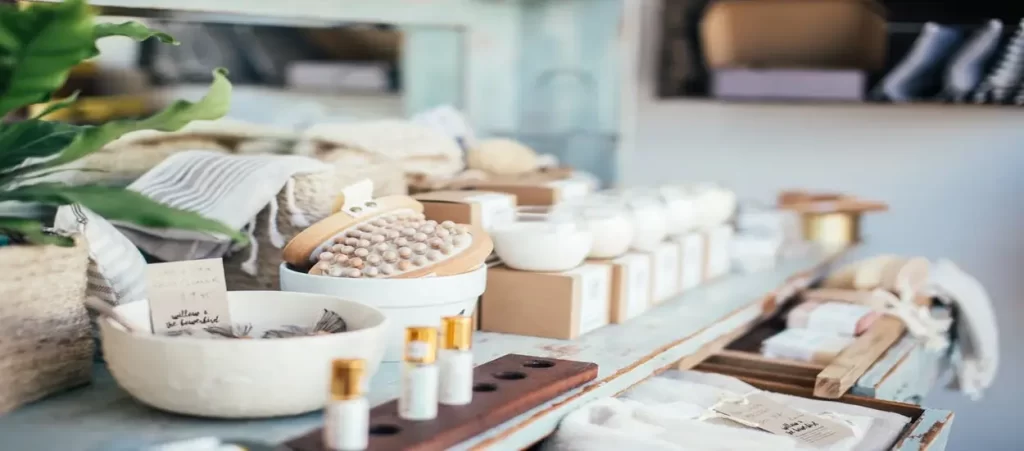
As a sourcing agent, I find the “Why China?” question popular. Of course, importing from China has its virtues.
The internet has brought all countries closer than ever. Now, we can see many cheap and high-quality Chinese products. It has led many to clamour for these products and has opened a thriving import market.
So, what are the benefits of choosing China suppliers for your business?
The Benefits of Choosing Chinese Imports for Cosmetic and Personal Care Products

Here are the perks of importing cosmetics and personal care products from China:
1) Affordable Pricing
China has efficient and advanced technology that ensures its manufacturing processes are cost-effective. Hence, the products for sale in the country are much cheaper than those in foreign markets.
Plus, the market is very competitive. As a result, more market forces drive the price further down, so buyers like you can find products for cheap.
2) Diversity
China has an extensive market, meaning there are several product types. The market is innovative and able to adapt to market trends fast. Several product types suit different tastes.
There is no better place to source your products if you have a large customer base. Whether you want classic beauty or contemporary options, you will find them here.
3) High-Quality Options
China is several years ahead in technological advancements, which shows in its production. While there are claims of low-quality products, most of its products are top-quality.
You can get innovative designs still unheard of in the West for remarkable profits. For many businesses, it is all about who would be the first to showcase this product.
What Cosmetic Products Are the Most Profitable to Import?
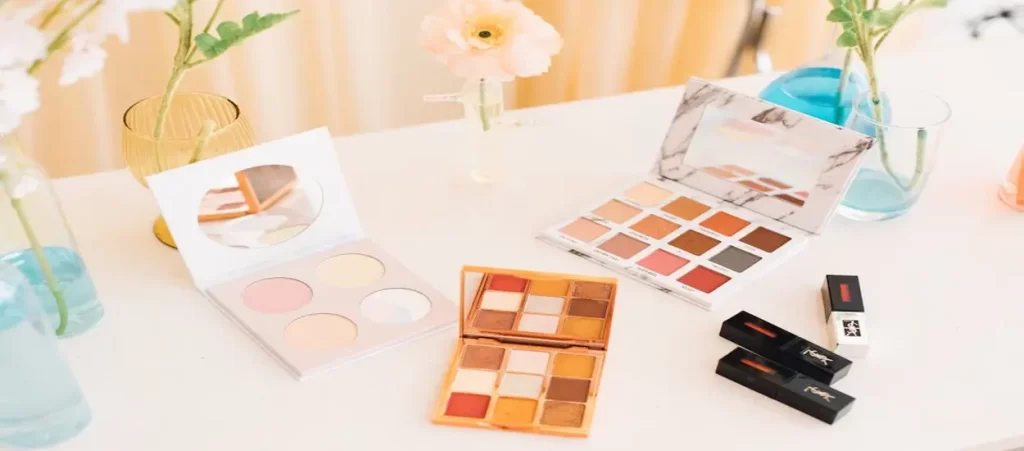
Statista states that the beauty market is booming. It also forecasts that the next five years will mean a more lucrative sector. Hence, this is an excellent time to enter the industry.

But which product should you import from China and resell? Here, we uncover some of the best cosmetics and personal care market sellers. Keep reading.
1) Skincare Products
Skincare products are now in high demand. Flawless skin is a huge part of today’s beauty standards. Hence, the market is expanding at a marked rate more than it has in many years. If you need products to resell, skincare products are excellent options.
Promote skincare products as a part of a lifestyle rather than an average commodity. Watch as many customers will flock in to buy your products. Plus, the cost-price is low since it’s a Chinese import, you can make massive profits.
2) Hair Care Products
People are more conscious about how their hair looks than ever before. It has led to the expansion of the market. Hair care products have several sub-categories. They are shampoo, conditioner, relaxer, hair dye, and styling products.
There are different hair textures and concerns. It makes the hair market segmented. Hence, businesses can explore the many available options. Moreover, they profit as there is less chance of intense competition.
3) Beauty Tools and Accessories
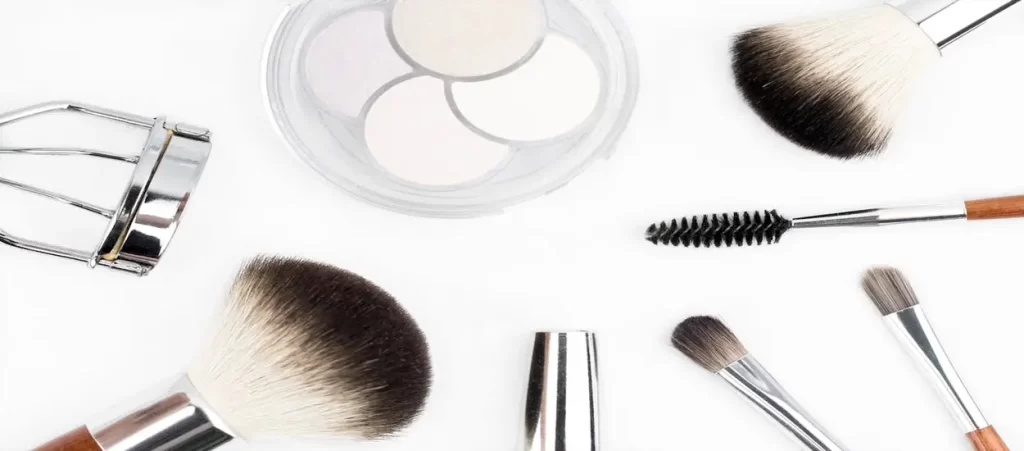
There is a spike in the number of makeup tutorials online. Influencers and celebrities continue to show how they do their makeup. Hence, more people are ordering cheap yet Quality beauty tools and accessories.
This equipment includes brushes, mirrors, foundations, and other tools in a makeup box. You can hop on this wagon and offer affordable yet quality products as a business.
If you know how to enter the market, you are in luck. With the right advertising, you can get your products to the right crowd and make profits.
Things to Consider Before Importing Beauty Products from China
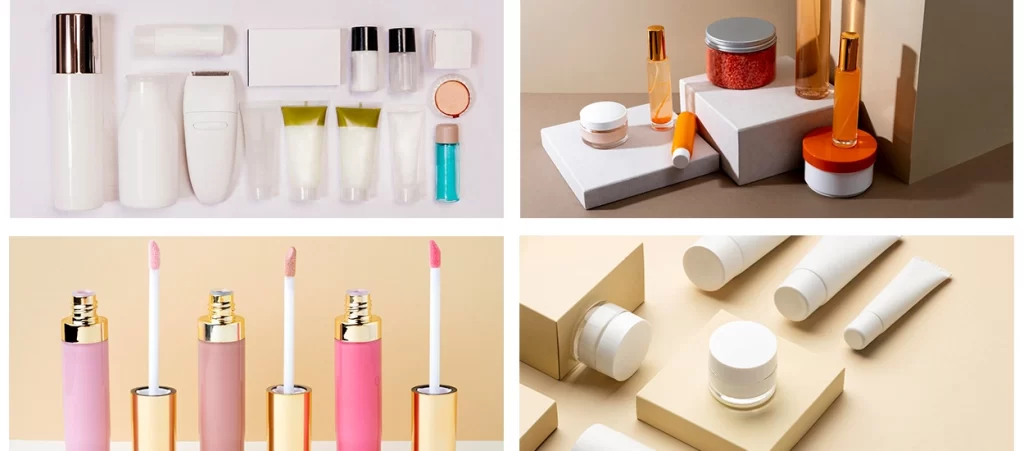
Before you pick the first manufacturer you see, here are some considerations:
1) Research
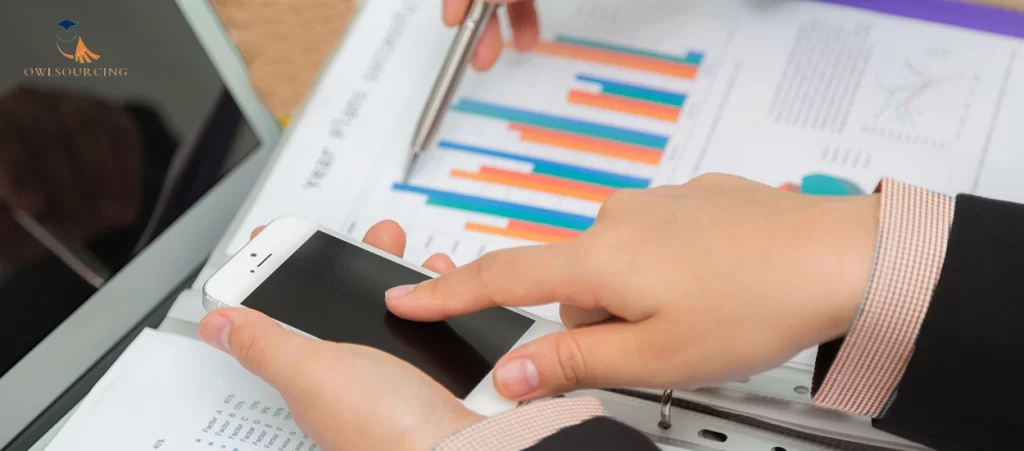
Market research is a great way to know your potential customer base. This way, you can align your order to match these products. You know the best products to start with and the type of quality the market expects.
Also, you can know the prices and product categories. This way, you know how to approach the supplier.
2) Understanding Regulatory Requirements
Every country has a set of regulations regarding imports into their country. Once you know these requirements, it is easier to navigate the market and prevent delays. These regulations often cover ingredients, product labelling, and others.
For example, US cosmetic products must comply with Federal Cosmetic Act regulations. Knowing about the FDA and Customs and Border Protection is also important.
Conversely, European importers’ cosmetic products must follow the EU Cosmetic Regulation. It also applies to other countries around the globe.
3) Shipping Your Cosmetics
Another important consideration is shipping, a source of contention for many first-time importers. Shipping can be rough the first few times, but it is easy once you find your rhythm. First, you need to know if what you are importing is fragile.
It will determine the custom packaging type and the freight option to choose. Plus, you must ensure the packaging is compact to reduce shipping costs. Keep reading to uncover more on how to navigate shipping during importation.
Importing Cosmetics & Personal Care Products from China

Importing personal care and cosmetics can be a smooth experience. However, you have to follow each step correctly. Here is a guide to ensure you do so:
Step 1: Understand Chinese Regulations
The regulation of beauty products in China is controlled under the Cosmetic Supervision and Administration Regulation, which the National Medical Products Administration, or NMPA enforce.
The regulations identify cosmetics
as substances that are used to clean, beautify, or otherwise modify appearance when applied to skin, hair, nails, lips, or other bodily parts.
Perfumes and other general makeup, without specific claims, such as SPF protection or suitability for minors, fall under the category of ordinary cosmetics and, therefore, require only filing management.
Products with specialized claims, however, are put through a stricter registration process that entails stringent evaluations to ensure compliance.
Step 2: Find Reliable Suppliers
Outsourcing beauty products from China requires finding a few reliable suppliers to work with. Here are some surefire ways:
1. Online Marketplaces
There are several ways to connect with reliable suppliers.
Platforms such as Alibaba, Global Sources, and Made-in-China offer access to a wide array of vendors. Focus on suppliers with verified profiles, positive reviews, and a proven history of exporting to your target market.
Additionally, BeautySourcing is a specialized marketplace that provides not only a vast selection of beauty products but also expert guidance to ensure a seamless and secure sourcing experience.
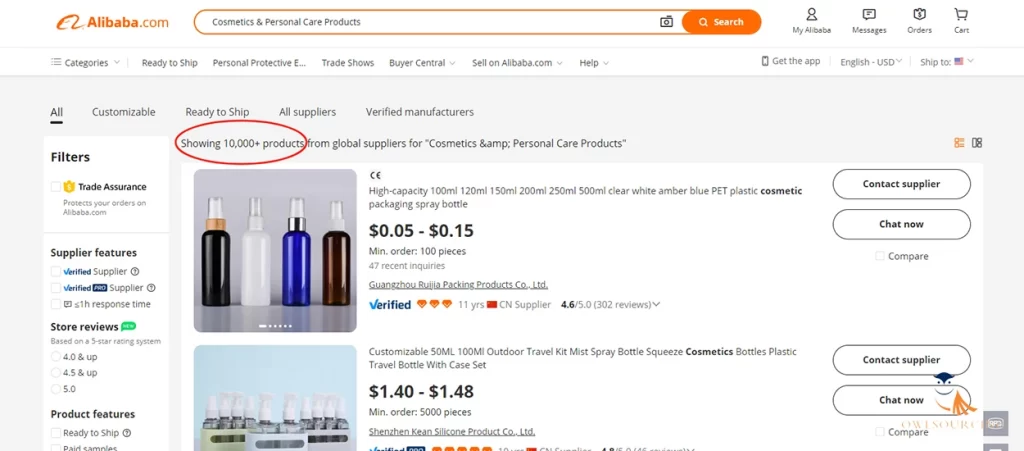
You can use straightforward methods like online B2B platforms like Made-in-China.
2. Sourcing Agencies
Hiring a reputable sourcing agency can simplify the process. These agencies leverage their expertise to help you find high-quality products at competitive prices, handle negotiations, and ensure compliance with standards.
Simplify Cosmetic Imports from China with Owlsourcing
Owlsourcing simplifies the process by offering expert sourcing and inspection services, ensuring product quality and reducing risks.
With in-depth knowledge of Chinese business practices and fluent communication with suppliers, Owlsourcing helps you navigate the complexities of international trade.
Partnering with us gives you access to a trusted network of manufacturers and quality control measures, including:
- Factory evaluations
- Pre-production checks
- In-production monitoring
- Final inspections
- Container loading supervision
Outsourcing your purchasing process saves you time and gives you peace of mind, focusing on growing your business. Learn how Owlsourcing can help you import cosmetics from China with confidence—contact us today to learn more!
3. Trade Shows
An alternative is to attend cosmetic and personal care trade shows in China.
Participating in trade events such as Cosmoprof Asia or the China Beauty Expo allows you to meet manufacturers and suppliers face-to-face. These events provide opportunities to inspect products firsthand, negotiate terms, and establish strong supplier relationships.
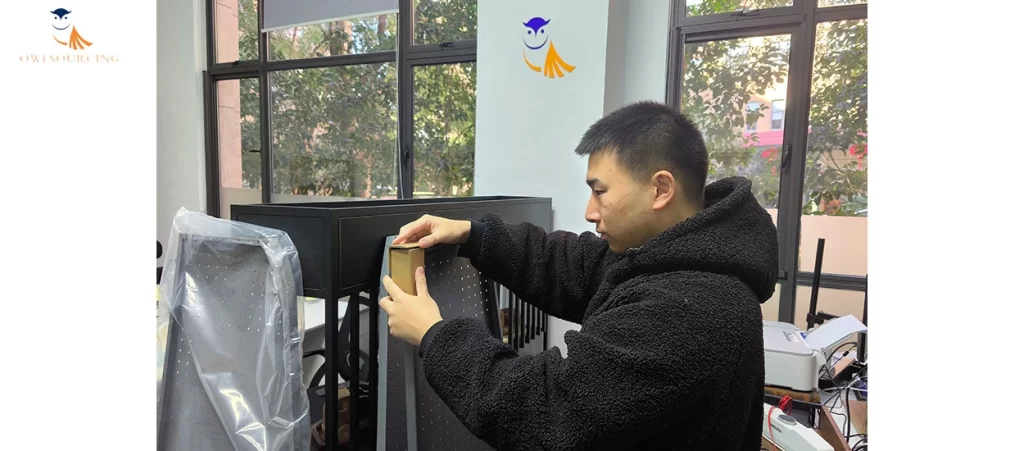
At these trade shows, you can directly interact with a wide range of cosmetics and personal care products manufacturers and distributors, allowing you to assess their product offerings, quality, and pricing firsthand.
Similar expos, such as the China Beauty Expo (CBE). The China Beauty Expo (CBE) is a leading international platform for all sectors of the beauty industry, providing the latest technology, resources, knowledge, and trends to boost communication and commerce.

Better still, you can contact us. We will connect you to reliable, legitimate options, ensuring a seamless experience. For more details, please read the following article: verify the Chinese suppliers’ legitimacy.
Step 3: Complying with U.S. Regulations
When importing beauty products into the United States, adherence to Food and Drug Administration (FDA) and Customs and Border Protection (CBP) regulations is essential.
FDA Compliance
- Safety and Labeling: Products must be safe for consumers and contamination-free. Labels must accurately list all ingredients and include necessary warnings.
- Accurate Labeling: Each label must display the name and address of the manufacturer, packer, or distributor, along with the net contents and a complete ingredient list. Avoid misleading or false information.
FDA Regulations for Cosmetics: Comprehensive Overview
| Aspect | Details |
|---|---|
| Color Additives | All color additives in cosmetics (except coal-tar hair dyes) must be FDA-approved for their intended use. Some require certification from FDA laboratories. |
| Ingredient Safety & Standards | FDA bans or restricts unsafe ingredients like mercury compounds, chloroform, and lead derivatives. Limits are set on concentrations of coal tar colors, preservatives, and other components to ensure safety. |
| Allergens & Product Safety | Known allergens must be listed on product labels to help consumers avoid adverse reactions. Compliance with ingredient regulations, contaminant testing, and permitted concentration limits is vital for safety and brand reputation. |
| Good Manufacturing Practices (GMP) | GMP guidelines cover facility design, personnel training, sanitation, and quality control. Adhering to GMP prevents contamination and ensures safe, high-quality products. |
FDA’s Role in Cosmetic Approval
| Category | Details |
|---|---|
| Premarket Approval | Cosmetic products and ingredients do not require FDA premarket approval, except for color additives. This is a key distinction between drugs and medical devices, which do require approval. |
| Cosmetics vs. Drugs | Products intended for cleansing, beautifying, or altering appearance are classified as cosmetics. If a product has therapeutic claims (e.g., treating or preventing disease), it is categorized as a drug and requires FDA approval. Examples include fluoride toothpaste. |
| Color Additives & Banned Substances | All color additives used in cosmetics must be FDA-approved and are regulated for safety. Some are banned due to safety concerns. Compliance is crucial when selecting ingredients for imported cosmetics. |
| Responsibility for Safety | Companies must ensure the safety of their cosmetic products. While FDA does not mandate specific safety tests, it strongly advises testing to confirm product safety. |
Navigating FDA Compliance
| Action | Key Practices |
|---|---|
| Stay Informed of Regulations | Keep updated on FDA rules, as changes can affect ingredients, labelling, and manufacturing processes. |
| Quality Control & Ingredient Review | Regularly assess formulas for compliance and test for contaminants to maintain high standards. |
| Documentation | Maintain accurate records for sourcing, manufacturing, testing, and adverse event reporting. Proper documentation is crucial during FDA inspections. |
| Implement GMP | Follow Good Manufacturing Practices to ensure product quality, avoid contamination, and protect consumer safety. |
| Monitor & Report Adverse Events | Establish a system to track and report adverse events linked to your products to the FDA promptly. |
| Labeling Compliance | Ensure labels list all ingredients, allergens, and warnings accurately, adhering to FDA guidelines. |
| Seek Expert Guidance | Work with regulatory professionals to navigate complex FDA requirements and remain compliant. |
Labeling Requirements for Cosmetics in the U.S. and China
Executive Summary:
It may be quite essential to understand the requirements that the self-brand decision and purchasing body need to be in accordance with while making dire decisions on entry into the active skincare category to have this in line for the market because they comply and hence build trust in consumers.
Cosmetic Labeling Requirements
1. U.S. Market:
In the United States, cosmetic labels need to conform to a variety of standards, which include:
- Follow particular labelling formats and include all the information about the product.
- Follow FDA requirements in detail regarding claims, cautions, and symbols.
- Declare any potential allergens and make descriptions true and accurate.
2. Chinese Market:
In China, the packaging requirements are controlled by the National Medical Products Administration (NMPA). The main requirement includes:
- The name of the manufacturer, address, product execution standard serial number, net content, and period of use.
- Ingredient in downsizing order of concentration.
Are standard Chinese characters necessary for the labels, or is it OK for imported products to have a sticker in Chinese? Get aware of the new guidelines starting from Jan 2025 for all cosmetics registered in/ notified to China.
Best Practices for Labeling
1. To make sure your products are compliant:
- Follow both the U.S. FDA and NMPA labelling standards under the China-related standard.
- Stay current with changing regulations, but pay particular attention to the revised remedies put in place since May 2022 for cosmetics in China.
2. Transparency and Clarity:
- This will generate consumer trust by:
- Ensuring informative labelling with full disclosure of all ingredients.
- Detail information about the product that helps to get the growing consumer demand for transparency; makes the labeling comprehensive and accessible.
Document Preparation
Prepare essential documents such as the commercial invoice, packing list, Bill of Lading (BOL), arrival notice, and customs bond. Submit these within five business days of the product’s arrival at U.S. customs.
Harmonized Tariff Schedule (HTS) Code
Identify the right HTS code to classify your goods correctly for tariff purposes. Failure to do so will result in a headache with CBP.
Step 4: Ensure Product Quality and Safety
Quality is of great essence for imported beauty products. The following ways ensure the excellence of products:
Verification of Supplier
- Request certifications such as ISO or GMP that validate quality in manufacturing.
- Ask for samples to check before large orders are placed.
Safety Assessments
Ensure that products comply with regulations by checking the Inventory of Existing Cosmetic Ingredients in China (IECIC 2021) and confirming completed safety assessments.
Animal Testing Exemptions
If applicable, verify that the products meet requirements for animal testing exemptions, including GMP certification and a comprehensive Safety Assessment Report.
Step 5: Request for Samples
Sampling is crucial as it helps you confirm the supplier quality before committing. This process includes requesting a small batch of products.
It lets you see if the supplier’s quality matches your business’s. It also helps you correct any possible errors before the main production.
Step 6: Negotiations

After settling quality control, negotiate price, shipping, and other terms. Building a great rapport can help ensure favourable teams and other out-of-pocket benefits. Negotiate to ensure the deal is favourable to your business.
Step 7: Ask for Product Compliance Documents

Requests for product compliance documents ensure the business complies with the required standards. The document contains the product composition, manufacturing process, and potential risks.
However, it is often difficult to read and understand these documents. Hence, it is crucial to include the help of a legal professional. They ensure the document is well scrutinized and meets the required standards.

Suggested Reading: Basic Trade Terms Alibaba Incoterms
Step 8: Leveraging BeautySourcing for Your Needs
BeautySourcing is a one-stop platform designed to simplify the import process for beauty products. The marketplace features an extensive range of products, including hair extensions, hair care, fragrances, and cosmetics.
BeautySourcing sets itself apart with its team of professionals who guide every step, ensuring a secure, efficient, and hassle-free sourcing experience.
Step 9: Determine Import Duty
When completing import paperwork, a Harmonized Tariff Schedule code may be needed. This code allows the CBP to calculate the import duty. Using the wrong code can cause problems with CBP. It might lead to a delay in your shipment at customs.
Step 10: Choose the Right Shipping Method
|
Shipping Method |
Applicable Goods |
|
Time-sensitive, high-value, and small-sized goods |
|
|
High-value, perishable, or urgently required goods |
|
|
Large volumes of bulky or heavy goods, less time-sensitive |
|
|
Bulk commodities, heavy and large goods, less sensitive to transit time |
By following these steps and leveraging BeautySourcing’s expertise, you can confidently import high-quality beauty products from China while meeting regulatory requirements and maintaining product safety standards.
Read More:
- What Should You Expect When Shipping Samples From China?
- Top Products Imported from China: Exploring Deep
- How to Source Products From China
- The Truth About Shein – Safe or Not?
Final Thoughts!
Importing cosmetics and personal care products is a tall task. There are a lot of steps you keep in touch with. A little error can cost you your investment.
Fortunately, you don’t have to import beauty products all by yourself. Contact our team today. Let’s do all the heavy lifting. We will deal with everything, from the sourcing process to shipping from China. You also don’t have to worry about tedious documentation.

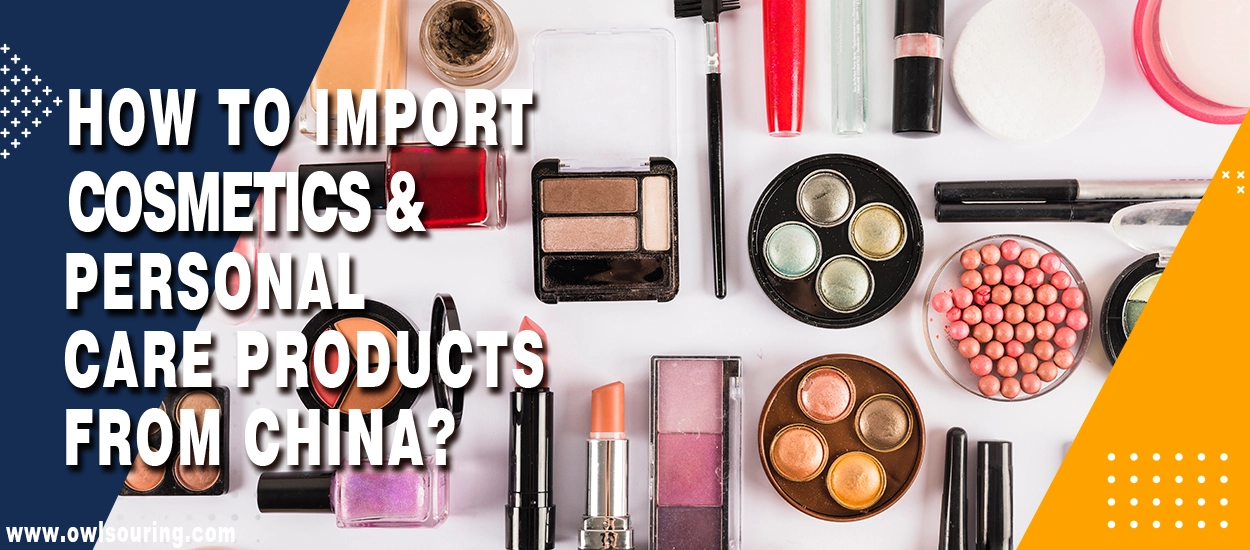

2 thoughts on “How to Import Wholesale Cosmetics; Personal Care, Beauty Products from China?”
I found your article on importing cosmetics from China very helpful. Can you share more tips on dealing with customs procedures for these products? I’m a bit confused about the documentation process and would appreciate some clarity. Thanks!
Hi Nina. Glad to know you found the article about importing cosmetics from China helpful. I would also be more than happy to provide you with some additional advice regarding customs procedures.
1. First of all, you need to understand the specific requirements of the destination country for the import of cosmetics, such as labeling regulations, ingredient restrictions, etc. Ingredients in cosmetics have different restrictions in many countries.
2. Typically, the documents required to import cosmetics include commercial invoices, packing lists, shipping documents, and special licenses or health and safety certifications that may be required.
3. Make sure your product labels comply with the language and regulations of the destination country and that the product has undergone the necessary safety assessments.
4. I also mentioned it in the article. Choosing a logistics company familiar with cosmetics importing can help you handle customs procedures more smoothly.
5. The import review of cosmetics may be more stringent than that of general goods, so you need more time budget.
Hopefully these tips will help you gain a clearer understanding of the customs procedures for imported cosmetics. If you have more questions or need further guidance, please feel free to contact me. I wish you all the best in your import business!